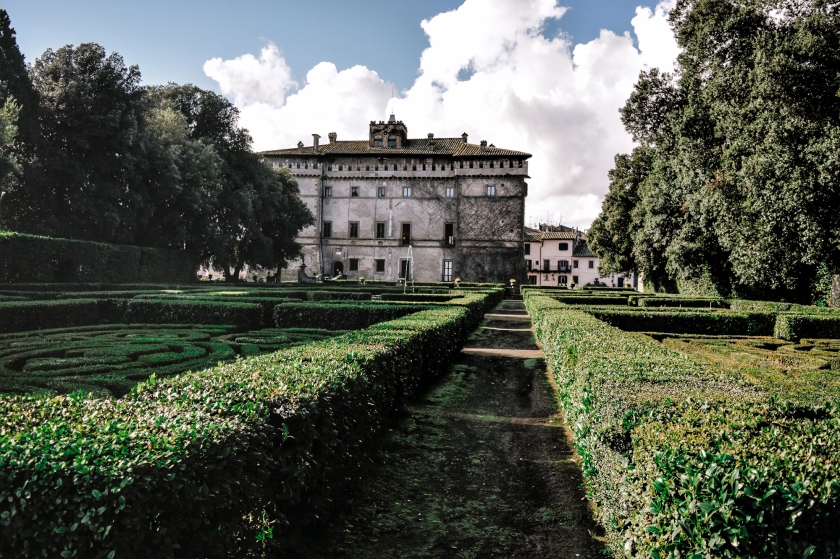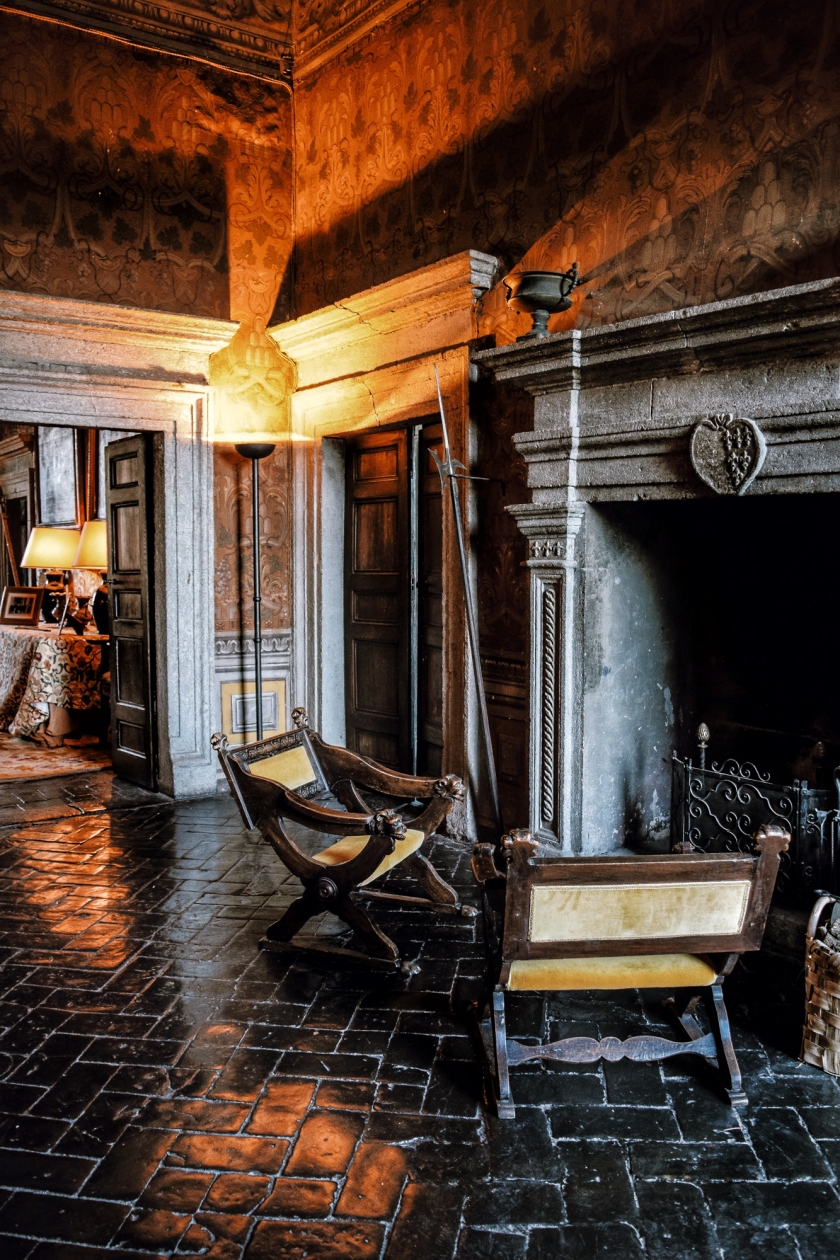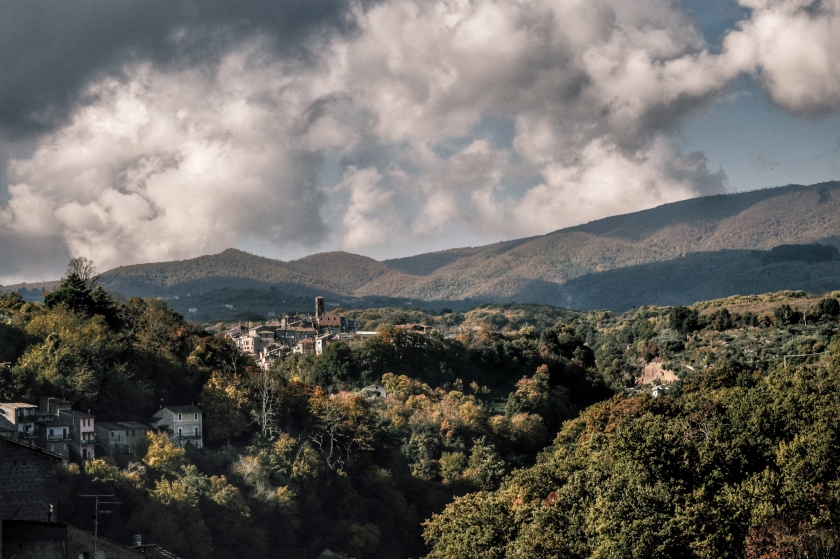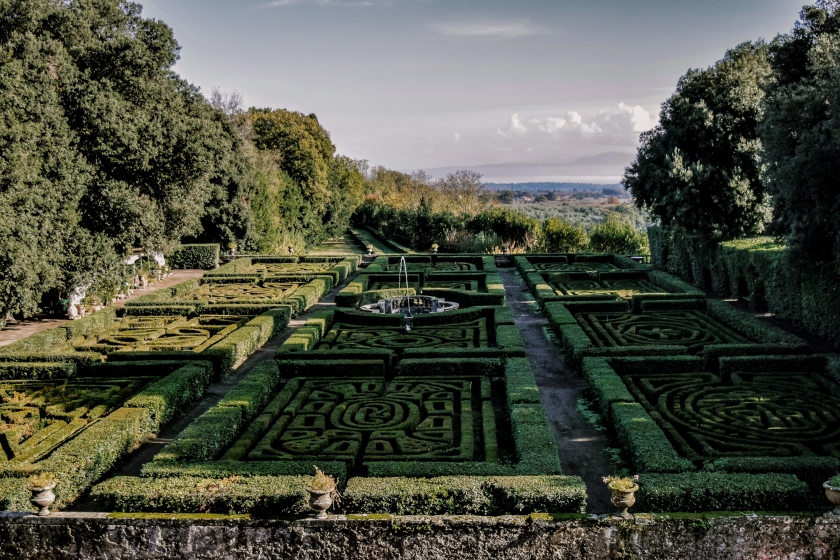It can be hard to describe Tuscia. “It is a short distance from Rome,” A man attired in a sharp business suit says, leaning against a stone-coloured building along Via del Corso in Rome. Tuscia has been his usual city escape. To others, it is like “the other Rome”. And like Rome, Tuscia is in Lazio. It is less than two hours away. The flavour of the province also brings to mind the typical Roman cuisine of the pecorino, guanciale, artichoke, porchetta, to name a few.
Now, Tuscia is emerging from the shadow of the Eternal City, surprising travellers with its historically fascinating network of Etruscan cities. Narrow roads journey through the deep emerald forest, leading to palazzos and castellos shrouded by stories of battles, of conquests. These palatial houses, some still owned by the aristocrats, breathe memories of their illustrious past.

VITERBO
Viterbo is very much like an attic trove of notable gems disguised as forgotten knickknacks. Monuments and artefacts are scattered all over the historical centre. Start at the piazza where you can see the Palazzo dei Papi and the Cattedrale di San Lorenzo. This area was once the military fortress of the Etruscan civilisation. Some of the remnants of the civilisation had been left engraved into the street building walls, still. So perfectly engraved they are almost missable. Look for the accompanying inscriptions on the walls not to miss them.
For Roman cuisine, Osteria Tanta Robba does family-style dishes. The menu is simple but classics like the carbonara, cacio e pepe and gricia are more than satisfying. Just 20 minutes away, there is the Tutto N’artro Magnà in Bomarzo. The trattoria also serves as a butchery, so you know the meat will be delicious. Within minutes of ordering, plates of chicory, porchetta, meatballs, chickpeas are served. Then comes the finale – a fillet sizzling on a plate.
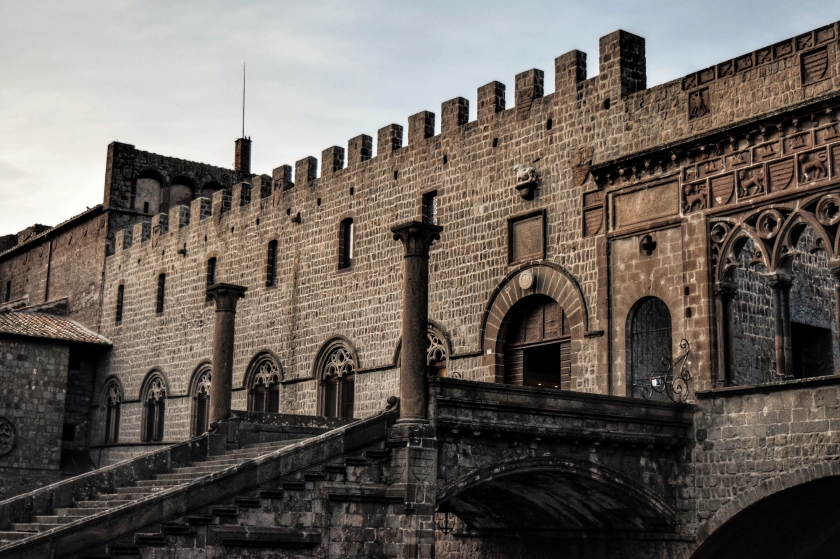


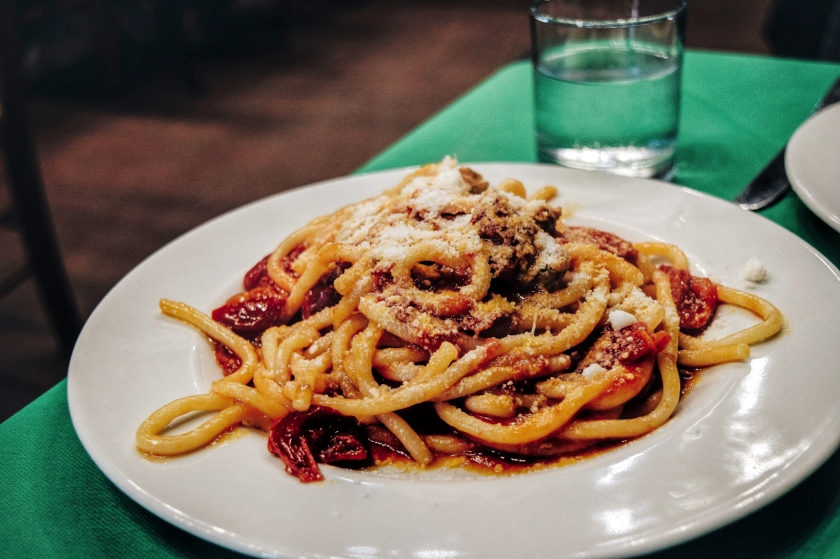



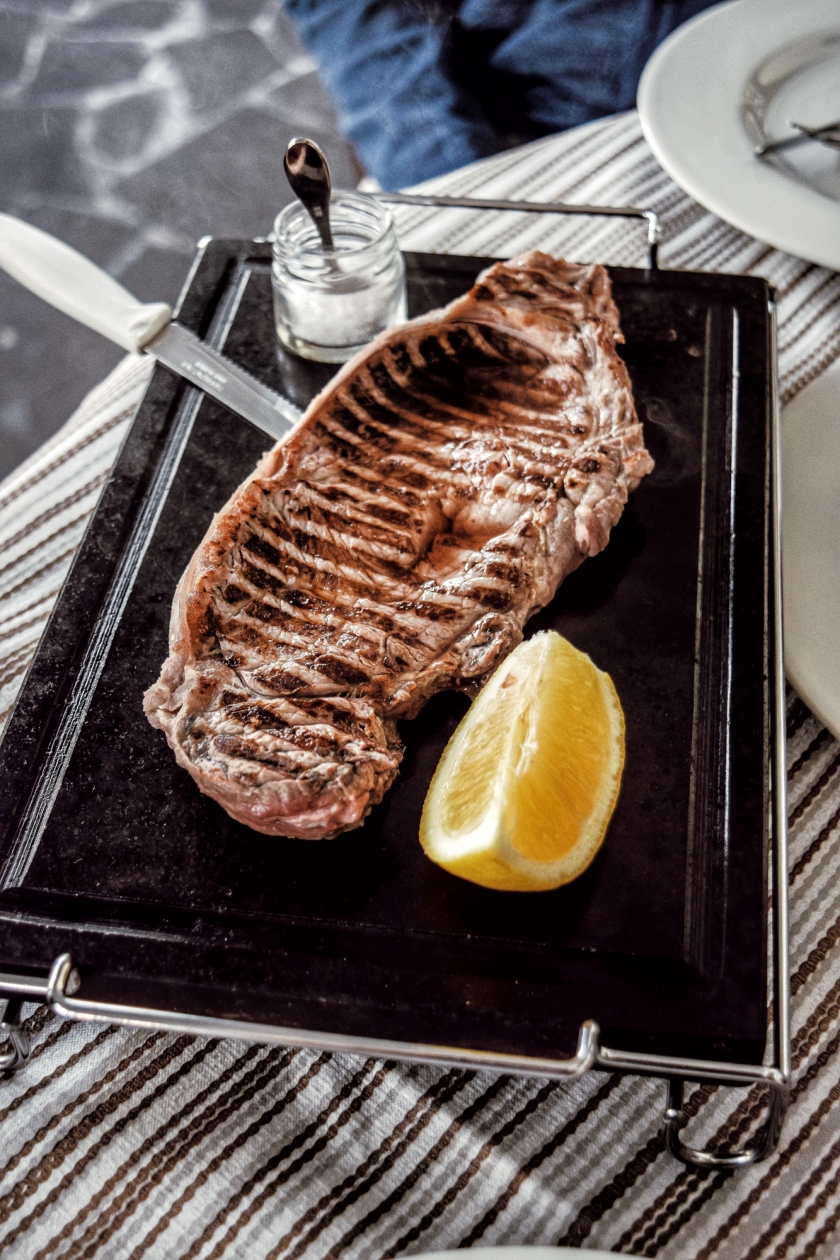
VILLA LANTE
In Bagnaia, Villa Lante is a remarkable piece of renaissance garden design. It was originally designed for Cardinal Gambara who relishes the outdoor lifestyle. Perfectly-manicured hedges form a unified harmony, akin to a Renaissance painting. From a bird’s view, the balance and unity of the garden is undeniable.
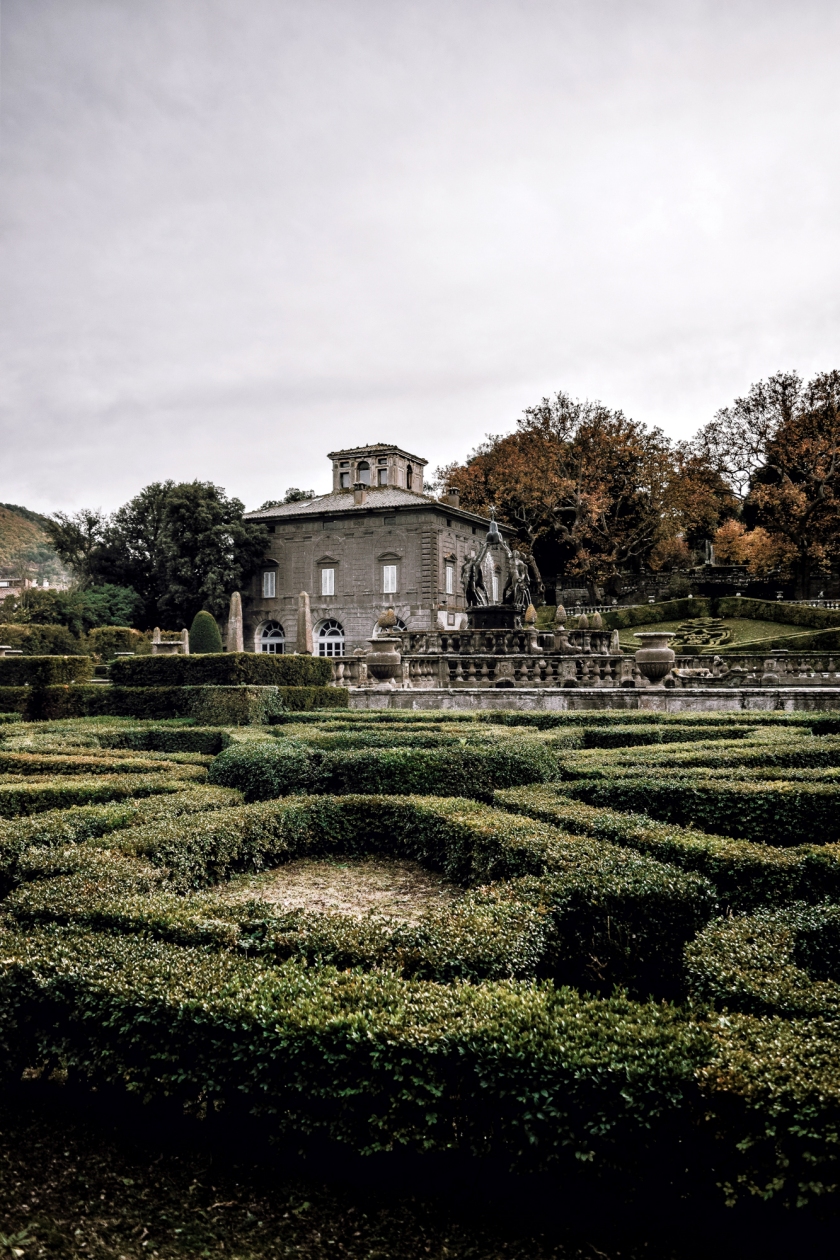





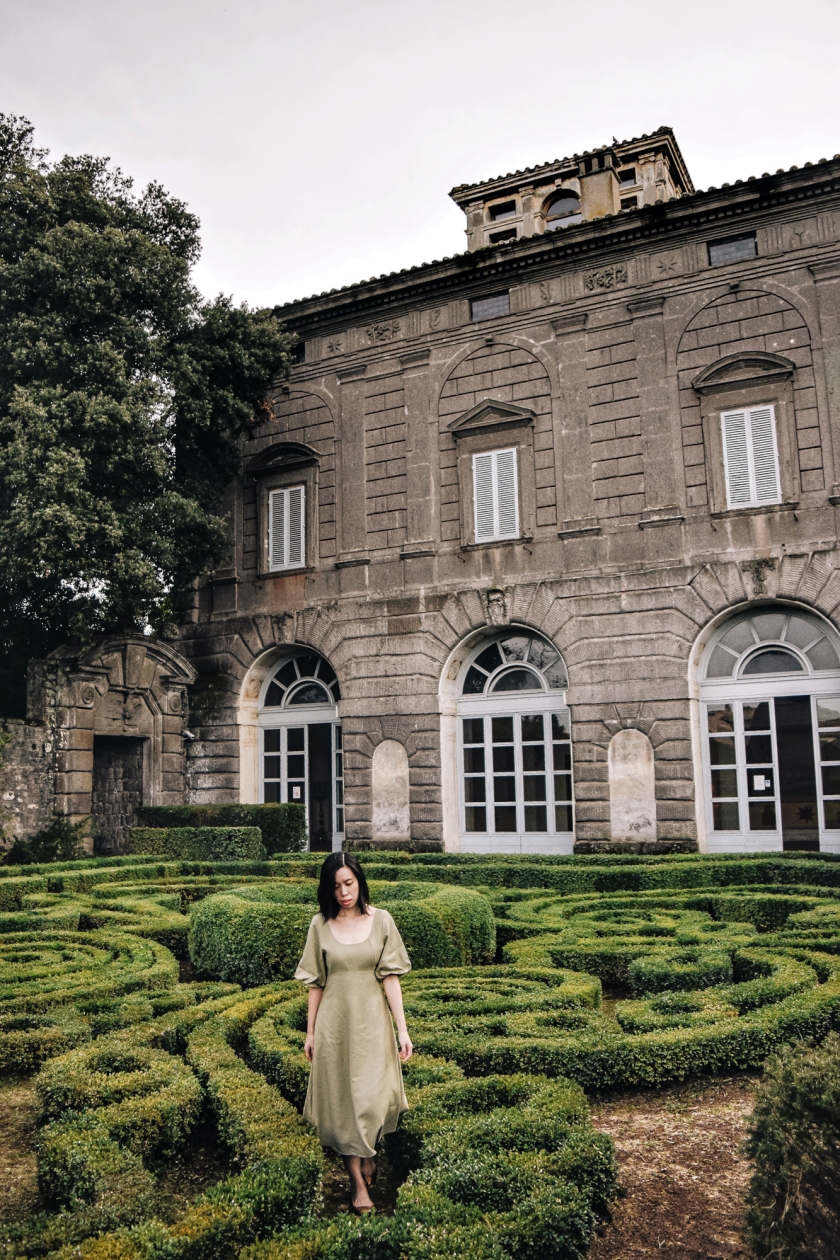
SORIANO NEL CIMINO
Less than an hour away from the main sights, Soriano nel Cimino lies at the heart of Tuscia. Castello Orsini stands at the peak of the town, fortified by layers of sepia-roofed houses. Along the way on Via Montecavallo, Palazzo Catalani is a gem of a hotel stay. The 17th century building was once the residence of a nobleman. The rooms have been converted and some of the walls painted with elegant frescoes. Doubles start from €70.
Every morning, Caffè Roma is buzzing with early risers. Locals stand at the bar for a quick espresso and brioche. Others are yelling orders for the generously-priced pastries – cannoli, sfogliatelle, cannoncini… For casual lunches, Pizzeria da Gigi does pizza romana, chicory, artichokes and potato frittata. The owners are welcoming and the food, down-to-earth.
As Friday announces its arrival, locals amass just in front of Macelleria Porchetta in quiet anticipation. Excitement ripples when the butcher comes out with the prize – a whole porchetta roasted with fennel. Everyone moves in. Slabs of pork fall onto the wax paper as his knife carefully treads the crackling. It’s a must to have a porchetta with its crispy skin. An indulgence worthy of a Friday night.
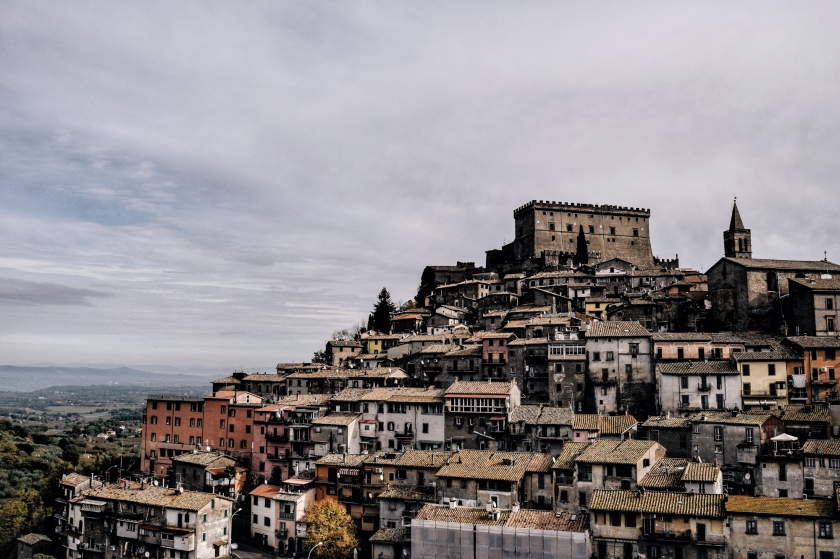


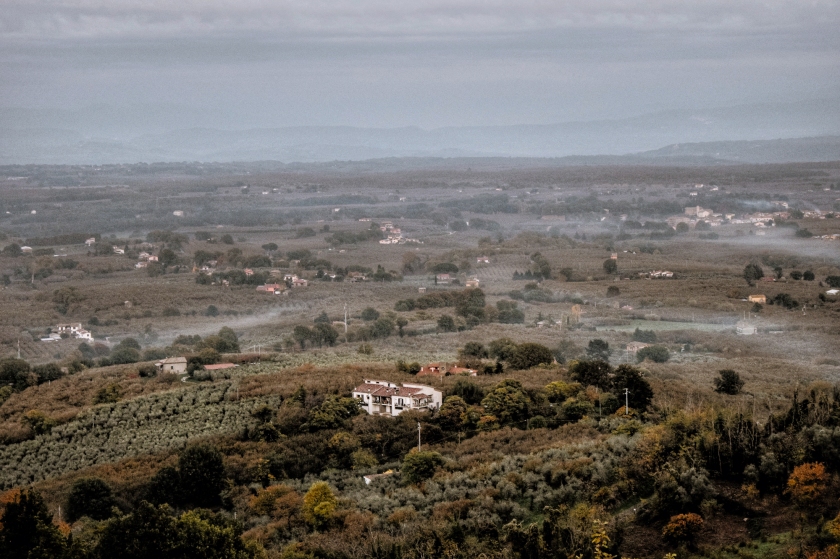
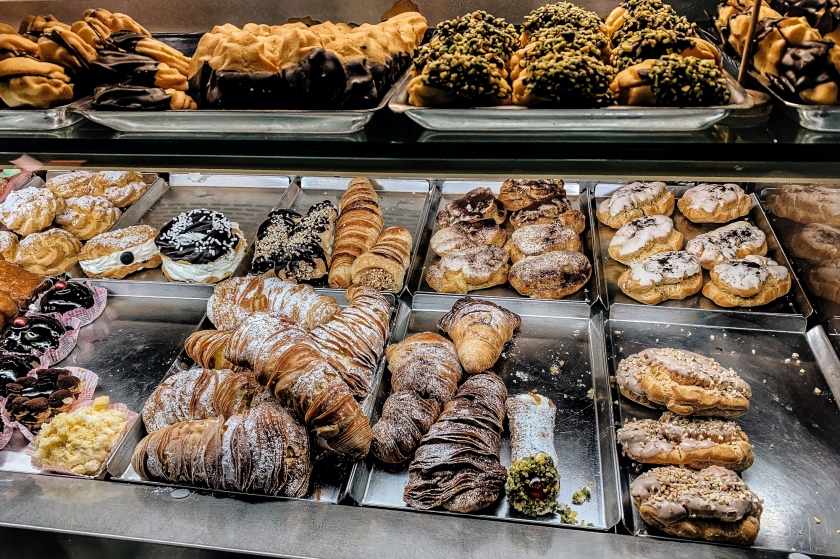


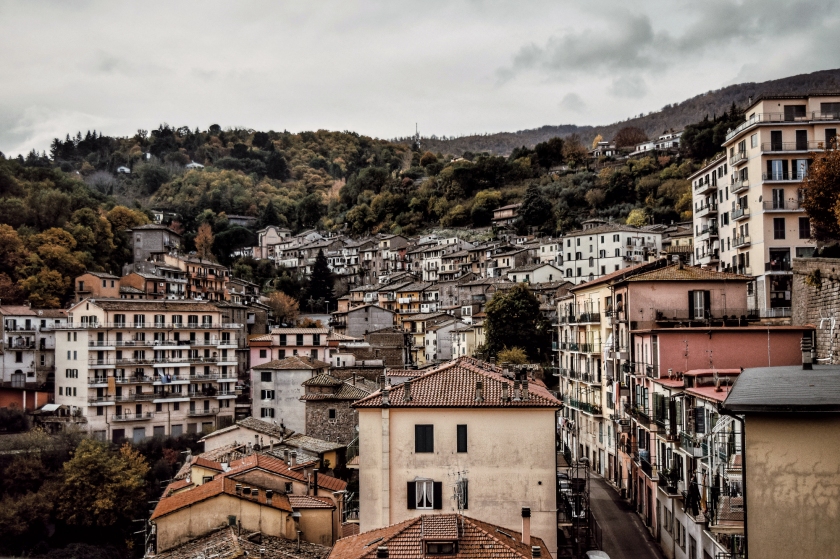
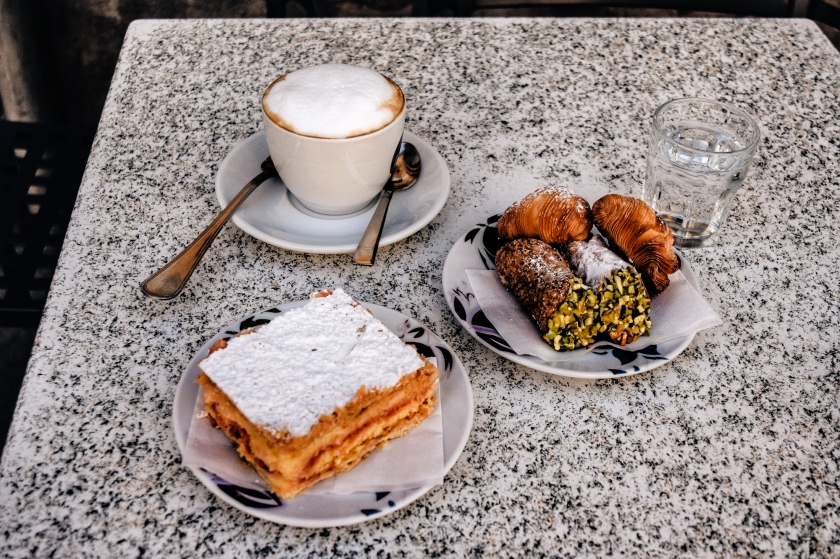
CASTELLO RUSPOLI
Entering the Ruspoli estate from the garden feels like a daydream. A man in a cashmere coat and tortoise-shell glasses guides you through long stretches of dense thickets. Out of the undergrowth emerges the Castello Ruspoli from afar. Its entrance stands at the end of a long narrow walkway lined by tall hedges.
Roaming the gilded halls clad in faded floral-patterned wallpaper, you can still catch a whiff of the stories that once enveloped the Castello. The residence has been passed down from generation to generation but Ottavia Orsini, wife of Marcantonio Marescotti, is the one whose presence and design taste still deeply perfume the garden of the Castello. Starting from the entrance, head to the right of the estate and you will see the secret garden which Orsini had personally designed for Marescotti – his very own sanctuary.
The Castello is still owned by the Ruspoli family today – Claudia and Giada Ruspoli, and their cousin, Francesco Maria Ruspoli. They keep the first and second floors open for visitors over the weekends, while the rest remain their private residence. Stays at the Castello are by invitation only.
